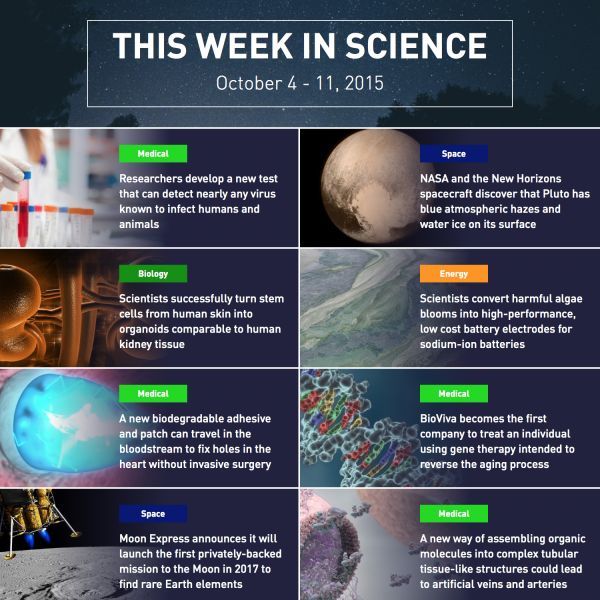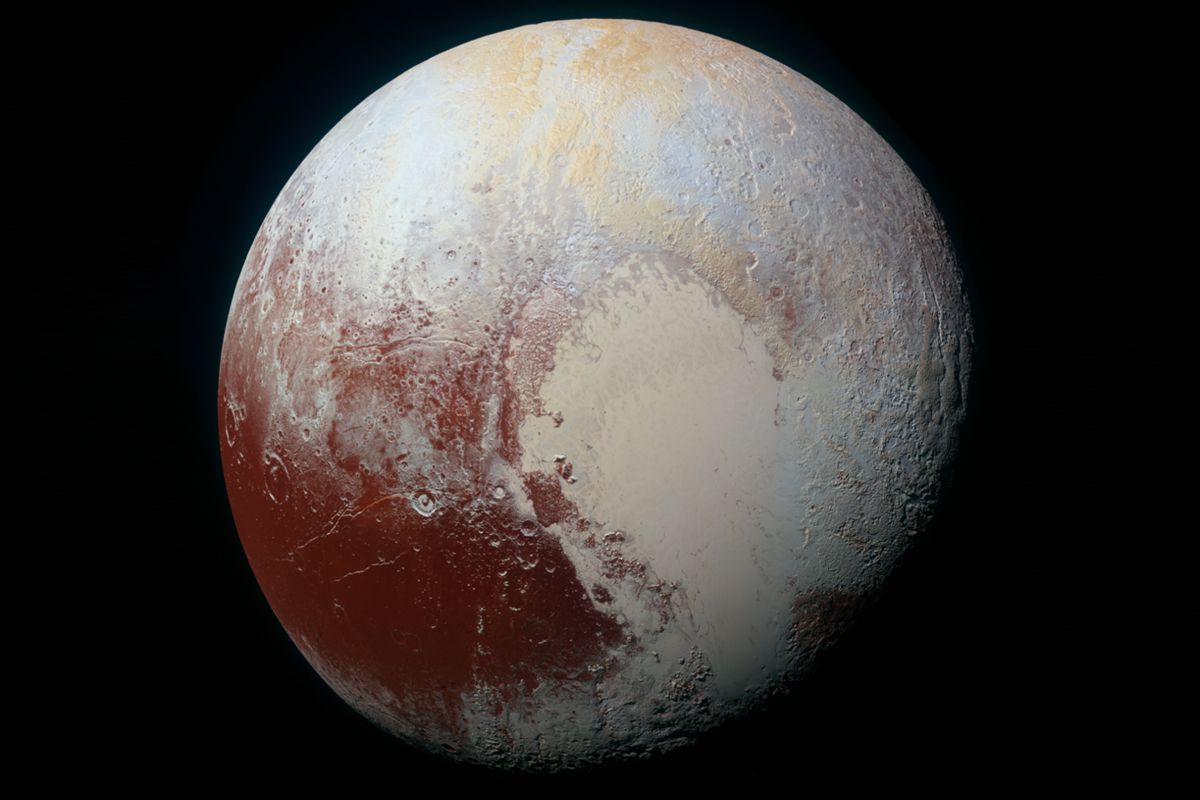Oct 11, 2015
This Week in Science: October 4th — 11th, 2015
Posted by Shailesh Prasad in categories: biotech/medical, life extension, science, space
This Week in Science: The First Privately Backed Moon Mission, Using Gene Therapy to Reverse Aging, Artificial Veins and Arteries, and More.
Go here for a clickable image: http://futurism.com/images/this-week-in-science-october-4th-11th-2015/?src=home
Sources
Detecting All Viruses:http://futurism.com/5srzA
Water on Pluto: http://futurism.com/aO2av
Kidney Tissue from Stem Cells: http://futurism.com/DLDON
Converting Algae Blooms into Electrodes: http://futurism.com/w9ez
Fixing Holes in Heart: http://futurism.com/a13Jd
Reversing Aging: http://futurism.com/TjaTL
Private Moon Mission: http://futurism.com/9V626
Artificial Veins: http://futurism.com/rKNzH


 In Jurassic Park, a novel devoted to the scare of genetic engineering when biotech was new in the 1990s, the character of John Hammond says:
In Jurassic Park, a novel devoted to the scare of genetic engineering when biotech was new in the 1990s, the character of John Hammond says:













